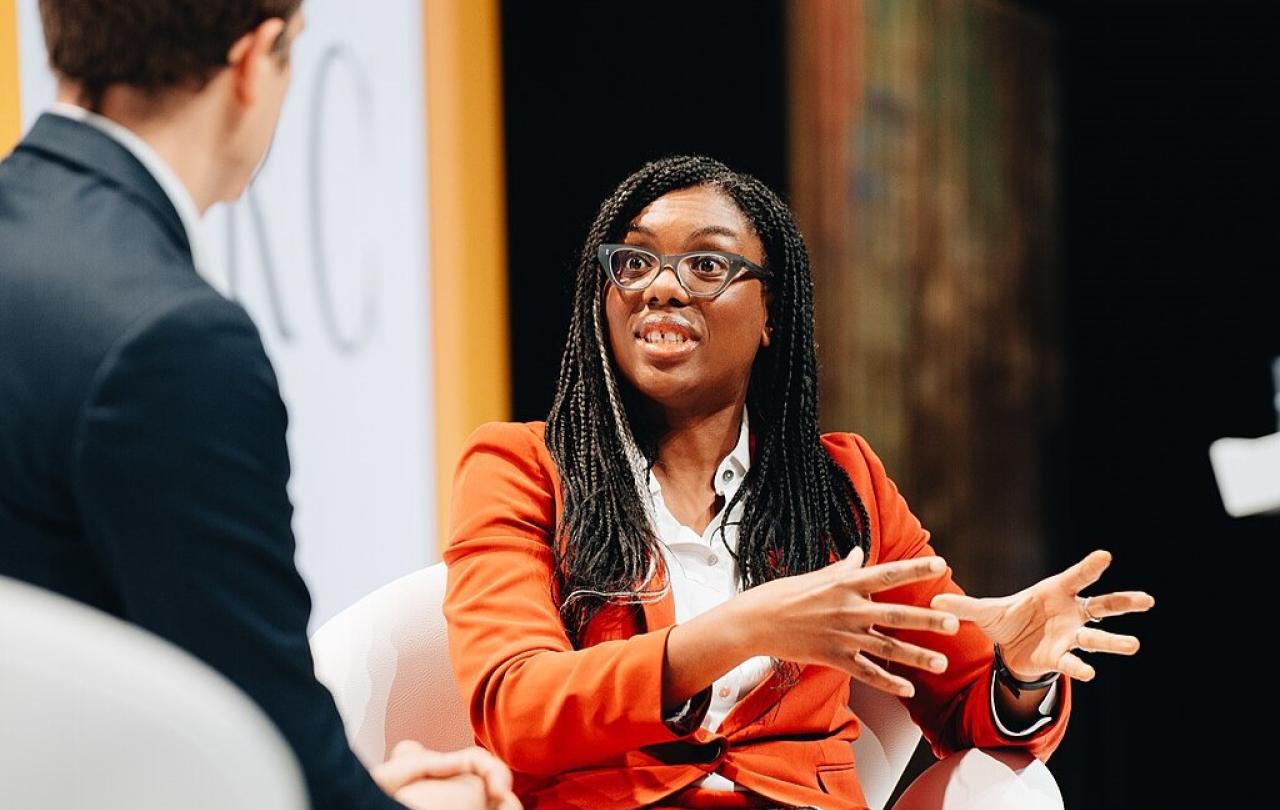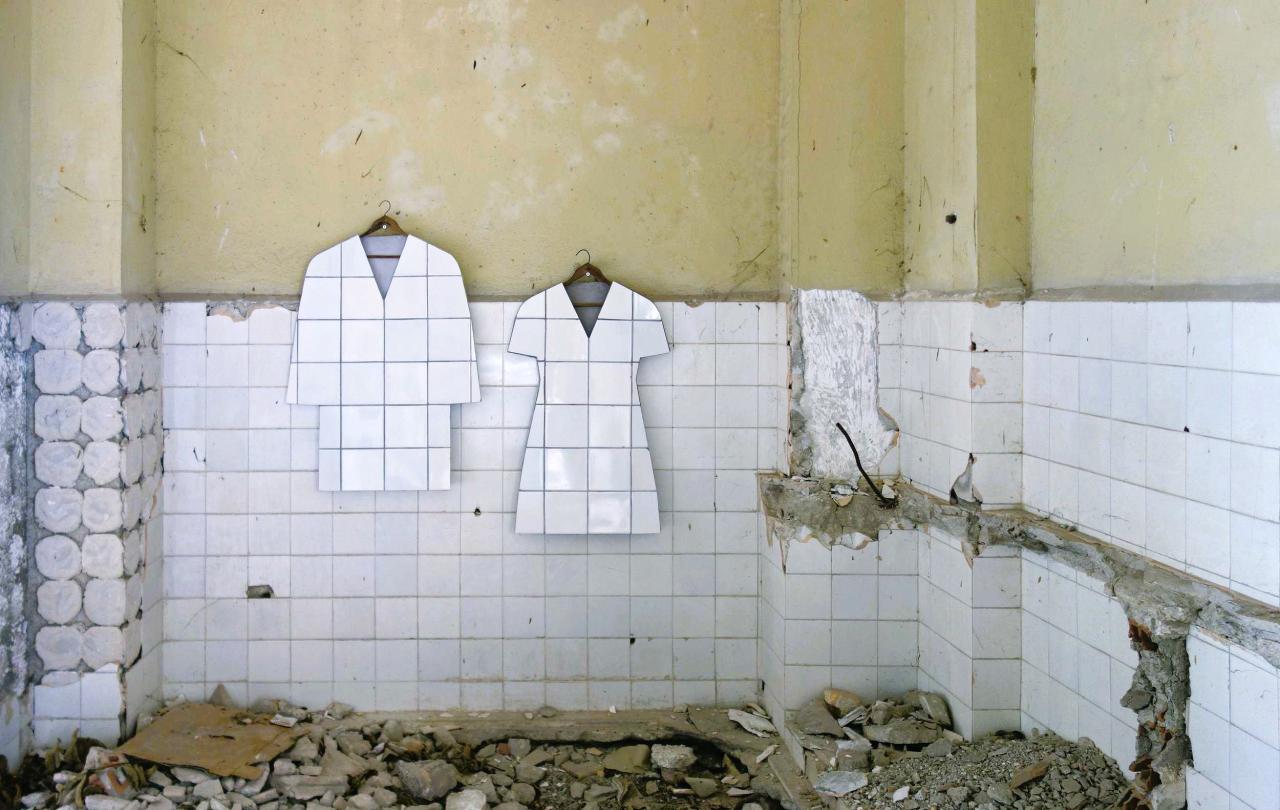
Dear Kemi (if I may)
Lost faith is usually a sad tale. And you have told us how you lost yours. I hear your grandfather was a Methodist minister, and so as a young girl, you would pray, seeing answers from time to time for longer hair, good grades and the like. But when you heard the story of Elizabeth Fritzl, whose father Josef kept her captive underground for 24 years, repeatedly raping her, you began to ask why God did not answer Elizabeth’s prayers for release. And so you gave up on God.
Now I have real sympathy for you. I have struggled with this too. The Josef Fritzl story and the suffering he inflicted on his daughter is truly horrific. None of us find the problem of evil easy. In fact, I have never yet met a Christian who thinks they have solved it. Yet the remarkable fact is that many of us believe in God anyway. And it’s not because we haven’t thought deeply about it. Many people start with a simple faith in a God who answers prayers, and yet one day, they come across what seems like an anomaly – that some prayers don’t seem to find an answer.
Of course, you’re not the first to have stumbled upon the problem of unanswered prayer. For centuries, Christians have pondered deeply the strange persistence of evil in the world, from St Irenaeus to St Augustine, to Thomas Aquinas, to any number of modern theologians.
They all knew that not all prayers get answered – yet even more, they knew that this is not a marginal thing for Christians, it actually lies at the very heart of our faith.
On the top of every spire, on every altar of a church, around many Christian necks, is a cross. It recalls the excruciating death of an executed innocent man. It is the universally recognised symbol of Christianity, as recognisable as the Islamic crescent or the Jewish Star of David.
Christianity centres on this remarkable claim: that God allowed his Son Jesus to die a cruel and tortured death, and did not respond to his agonised prayer: “My God, my God why have you forsaken me?” All he got was silence. Nothing.
So unanswered prayer is not something that lurks at the margins of Christian faith as a guilty secret. It lies at the very heart of it.
And yet I still believe. Why?
Why does God not intervene to stop the suffering of the world? Why did not God not stop the holocaust? Why does he not stop the suffering of the people of Gaza? Or the Israeli hostages? Or people who suffer from debilitating depression? Or long-term mental illness?
The answer is I don’t know. And why should I? For all I know, God might stop all kinds of things from happening – by definition I don’t know about thing that don’t come to pass. Yet I have to assume that God does not intervene to stop the vast majority of the suffering we inflict on each other. The best I can say is that he seems to allow us to have our own way, giving us the courtesy of accountability for our own actions. As a conservative politician, keen to stress personal responsibility, you should know that more than anyone.
Josef Fritzl was the cause of his daughter’s suffering, not God. Fritzl was himself the child of an alcoholic father who abandoned him when he was four-year-old and a manipulative and abusive mother who brought him up thereafter. Not that this excuses his crimes for a moment, but he was part of a chain of sin and suffering handed on from one generation to another that stretched back through his parents, their parents, back to the very beginning of human history and beyond. Evil and suffering are part of our world. Christianity knows about evil all too well.
All this might hint at an answer, yet it still doesn’t satisfy. It still doesn’t reduce the suffering. Trying to explain it doesn’t make it any easier to endure it. In fact, if what we Christians say about evil is true, we cannot explain it because evil literally makes no sense. It is the absence of sense, the absence of meaning. It has no point, because it is literally pointless.
The real reason we Christians continue to believe is not that we have a neat answer to it, nor because we haven’t thought about it, but because we know that, paradoxical as it may sound, God himself, in the person of Jesus Christ, knows what it is to pray for something and not get an answer. He has been there too. Somehow, mysteriously, he stands with Elizabeth Fritzl, with Israeli hostages, with Palestinians hungry for peace and food, and with us when we cry out and apparently get no answer. In those moments, we are not, in the end, alone.
And yet, there is more. Despite that fact that we cannot explain the tangled, dark mysteries of evil in the human heart, we have been captivated by a story that tells us it has been overcome. Yes, Jesus died. Yes, he felt abandoned by God his Father. Yet the way the story turned out, the evil done to him was not the last word. God overturned the worst that the human race could do, when the most remarkable thing happened - his cold, abused, bloodied and battered body stirred once more into life. Yet this was not a return to this weary life all over again, back into the maelstrom of suffering and pain that we know it to be, but through the other side into a form of life beyond the grave that cannot be destroyed. Jesus was not ultimately abandoned, even if he, like us, like Elizabeth Fritzl, felt like it at the time.
This is what we get – not a neat answer – for that we will have to wait – but the gift of hope that it will not always be like this, that the Resurrection of Jesus is a foretaste of the Resurrection of all things one day.
And what about what you called your ‘stupid’ little prayers about hair and boyfriends? Why did they get answered and others didn’t? Again, I have no idea. It does seem that from time to time, God does something weird, brings some unexpected healing, things turning out miraculously better than expected, an unforeseen delight. Yet these are just hints, small signs of the great miracle, the Resurrection and the defeat of death. They are hints that even though God will not unravel the moral fabric of the world by intervening every time we do something wrong, occasionally we are given a small sign that he has not given up on the world and will one day flood it with his presence. They are signs to remind you, me, that all the good things we receive each day - food, sunshine, rain, air to breathe – are not accidents but come from a God who gave them to us out of love, and that evil is the anomaly, not goodness. We are left with a question – would we rather a world where that kind of surprising & delightful event never happened? Or one where it occasionally did?
The Resurrection is the ultimate reason we believe. Not because we can explain evil. But because it tells us we are not alone in our suffering. Because it tells us that evil is real, but in the end, will be banished to the pit from which it came. And because the alternative, when we think about that deeply enough – a world where monsters like Josef Fritzl get the last word – where hope is whistling in the dark and evil wins - is intolerable.
Support Seen & Unseen
Since Spring 2023, our readers have enjoyed over 1,500 articles. All for free.
This is made possible through the generosity of our amazing community of supporters.
If you enjoy Seen & Unseen, would you consider making a gift towards our work?
Do so by joining Behind The Seen. Alongside other benefits, you’ll receive an extra fortnightly email from me sharing my reading and reflections on the ideas that are shaping our times.
Graham Tomlin
Editor-in-Chief





